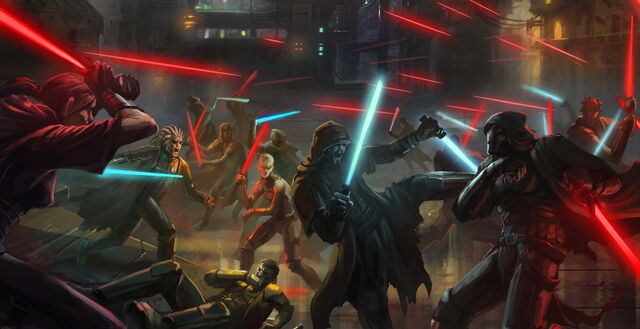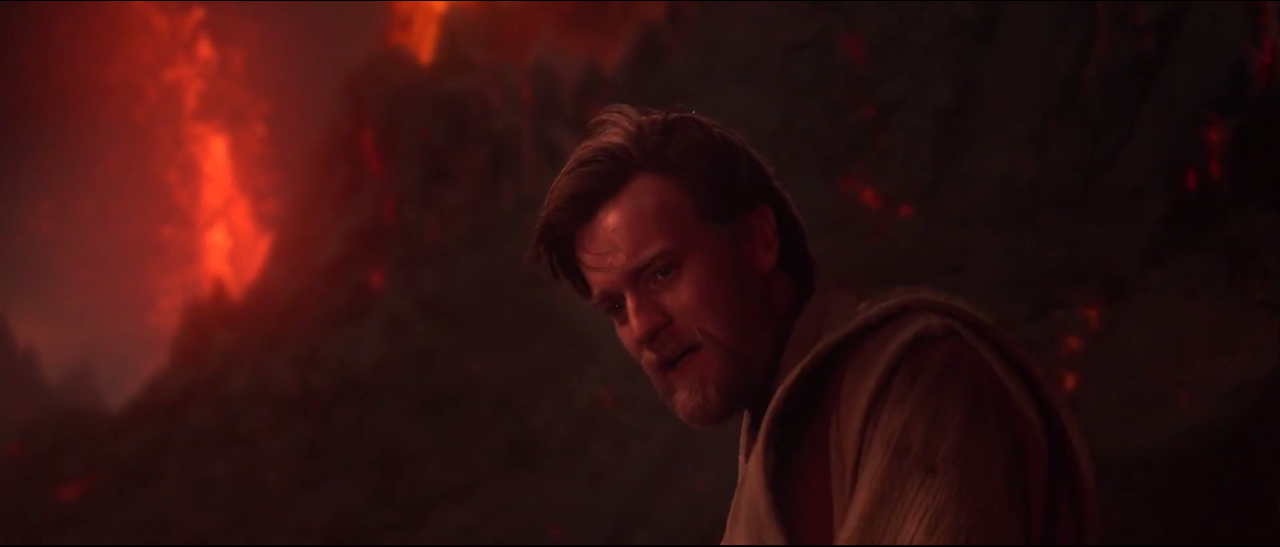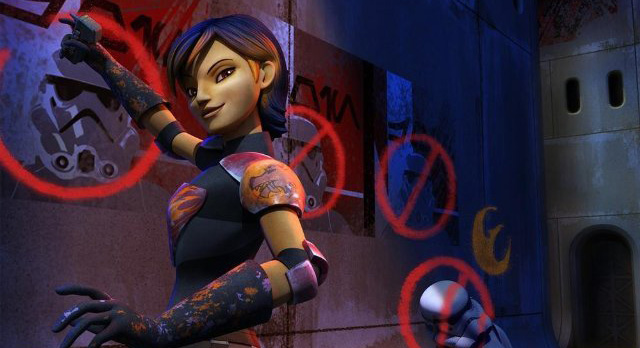
Mike: In addition to the many, many larger conversations that sprung up in the wake of the reveal of Star Wars Rebels‘ main cast of characters last month, some of us here at Eleven-ThirtyEight noticed an odd undercurrent to people’s reactions to both Sabine and Hera; well, maybe not odd, but unfortunate. Loosely speaking, it seemed as if people had certain preconceived ideas about what a good female character should be like, and were judging the females of Rebels one way or another less by their apparent merits and more by what they found “acceptable” for Star Wars—or even for popular fiction generally.
This warranted a response of its own, I felt, but as someone who’s fully aware of the specter of “mansplaining”, I asked guest writer Mia Moretti, author of the aforelinked™ “race factor” piece, to join me for a discussion of these issues. Read More
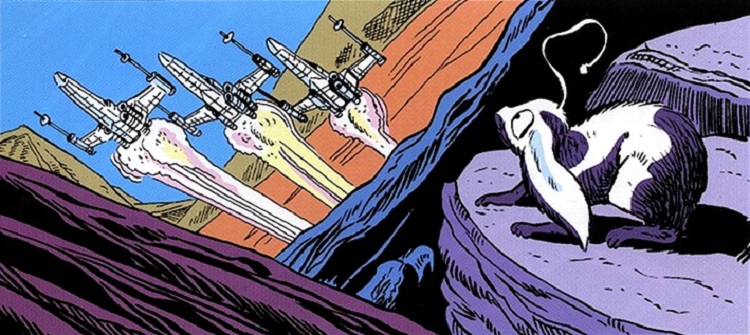
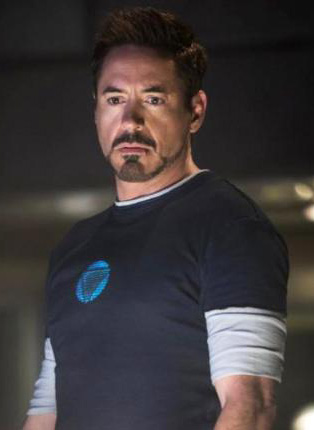 Heath Ledger as the Joker.
Heath Ledger as the Joker.